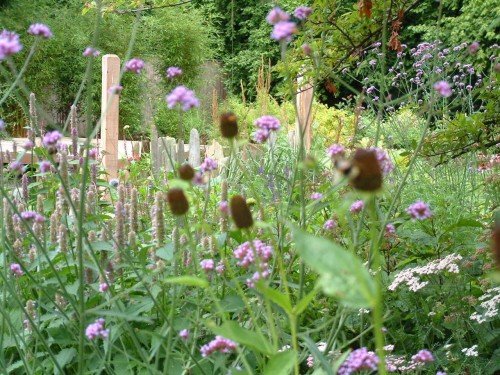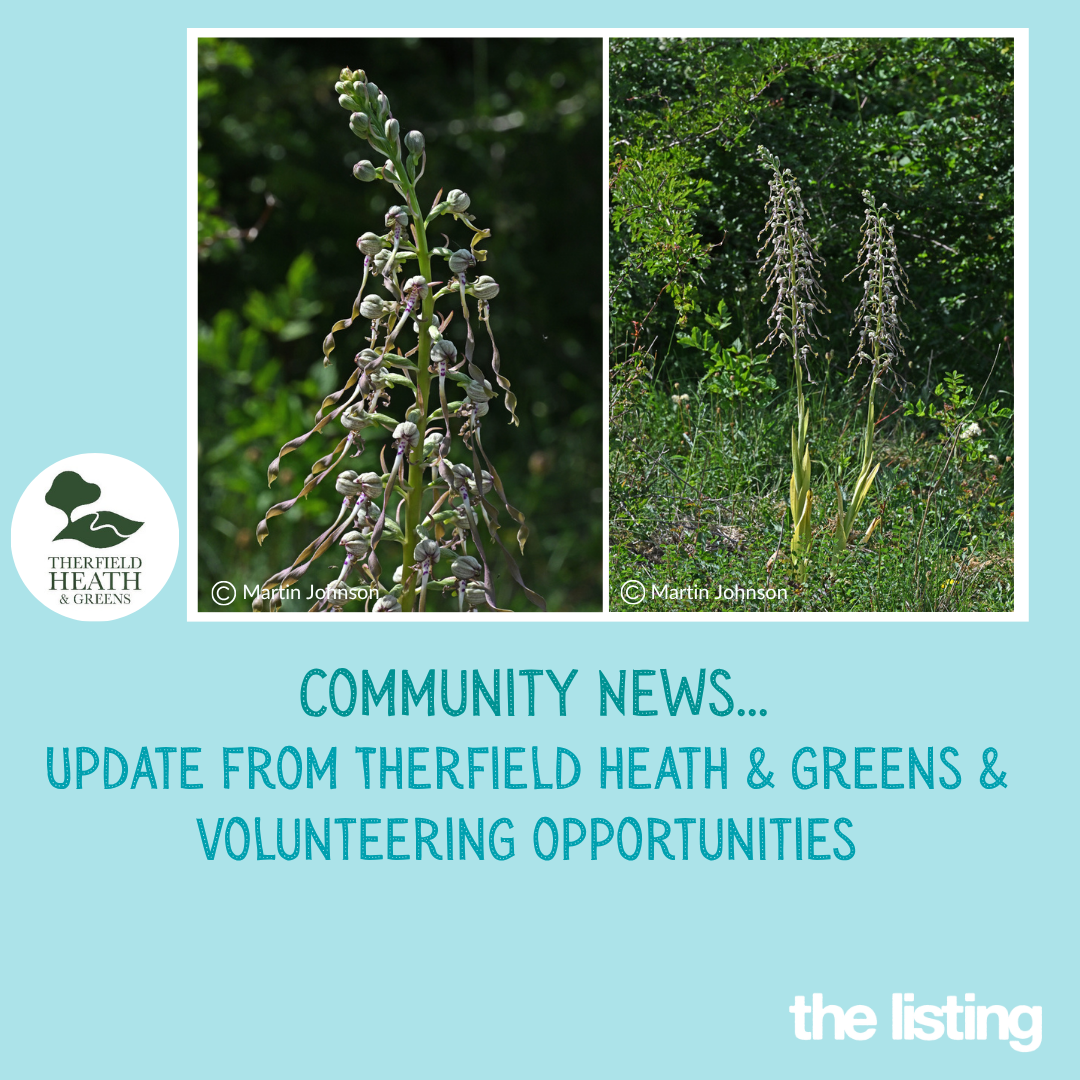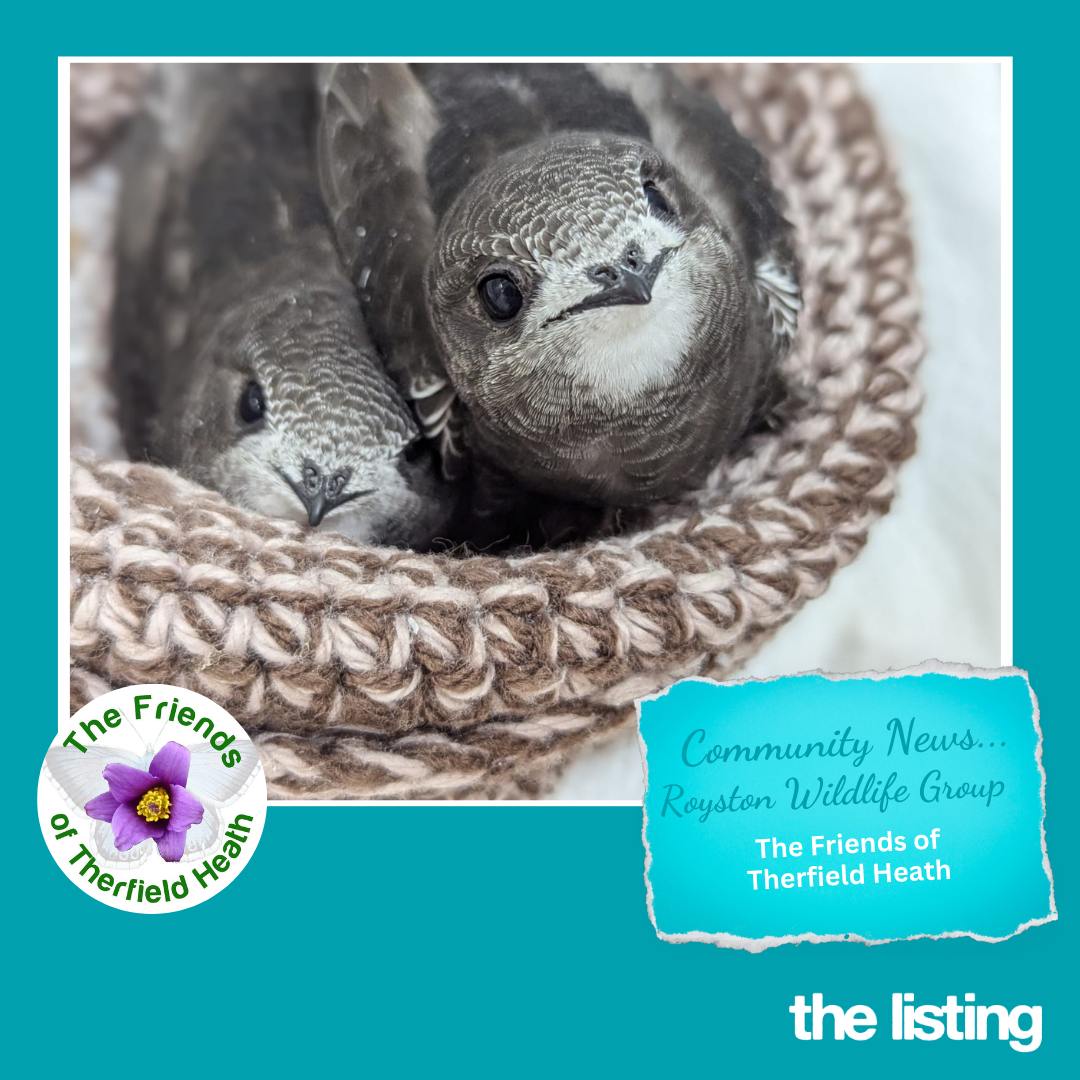This month as we prepare for Christmas and a well-earned rest with family and friends it is a great time to take stock of your garden. Winter is a time to hunker down in the warm and make plans for the year ahead. Here are a few things I recommend to help you focus on how to make the improvements and changes to your outdoor spaces.
 Evaluate what you have in the current garden. We usually inherit our garden from the previous owner whose taste is not necessarily our own. Be ruthless with what you have and question whether you really want what you have been given or if you prefer something new. It is good to start by evaluating the existing planting and measuring its garden worthiness. A specimen tree in the right place or a well-established boundary hedge could be worth keeping. Similarly mature shrubs that are long flowering with good autumn colour could be incorporated into a new plan. Smaller shrubs could be moved to make way for new features. It is rare that there is nothing worth keeping, but be ruthless if it is really not your thing rip out and start again. The same is true of hard land scape features. I like a cohesion between the features I design in my gardens rather than a collection of features that have no relationship to each other.
Evaluate what you have in the current garden. We usually inherit our garden from the previous owner whose taste is not necessarily our own. Be ruthless with what you have and question whether you really want what you have been given or if you prefer something new. It is good to start by evaluating the existing planting and measuring its garden worthiness. A specimen tree in the right place or a well-established boundary hedge could be worth keeping. Similarly mature shrubs that are long flowering with good autumn colour could be incorporated into a new plan. Smaller shrubs could be moved to make way for new features. It is rare that there is nothing worth keeping, but be ruthless if it is really not your thing rip out and start again. The same is true of hard land scape features. I like a cohesion between the features I design in my gardens rather than a collection of features that have no relationship to each other.
Listing the requirements for the space is a great way to help you focus. In design terms this is the brief and should include everything you aspire to. The list should start broad and be refined to keep it realistic. It can be tricky when couples have different views and requirements but that’s where a good designer can help steer you through. I always encourage customers to make mood boards or Pinterest pages. Using influences from traveling, friends’ gardens and gardens from childhood are also good starting points for reflection. We all have places we are fond of or plants that we love from our childhood.
Plan the space to fit the brief. A good design that fits the brief is the road map to the future success of the garden. When we design, the first drawing is a proposal for how the space could look and draws on all the elements from the brief. Visualising space can be hard and we now offer 3D flybys that put you in the new space and rotate your views from within it. This really helps some clients to see how it would feel to be in the space and helps inform any changes that may need to happen in this early part of the process. It is important to get the plan right as this informs the estimating and costing of a project.
Planning the planting is where the space comes to life. I am a plantsman first and often think in terms of planting when I look at new spaces. A good spacial design is nothing without good planting. There are many planting styles and I like the customer to indicate their style preference in the mood board or Pinterest selections. It is very subjective and sadly often strongly influenced by the amount of time we have left in our busy lives to spend maintaining the garden. The balance of shrubs to flowers in a space is a conversation I regularly have with customers who are time poor but want a pretty garden. Our course the other option is to pay for your space to be maintained by a horticultural expert and this is a good option if money allows as you get the pretty look without the work! There is always a way to achieve the garden you aspire to.
Implementing changes often requires the build team on site if the changes are dramatic. Scraping out the old garden with diggers and beginning again can be tricky in small spaces but a necessity to moving forwards. The logistics of the job and timings are a skill in themselves. Having an accurate plan is the corner stone to the build of a new garden
If you are thinking of making changes to your garden next year why not plan over the winter to implement in the spring and enjoy for next summer!
For more in depth advice or garden design help please get in touch to arrange a consultation.














